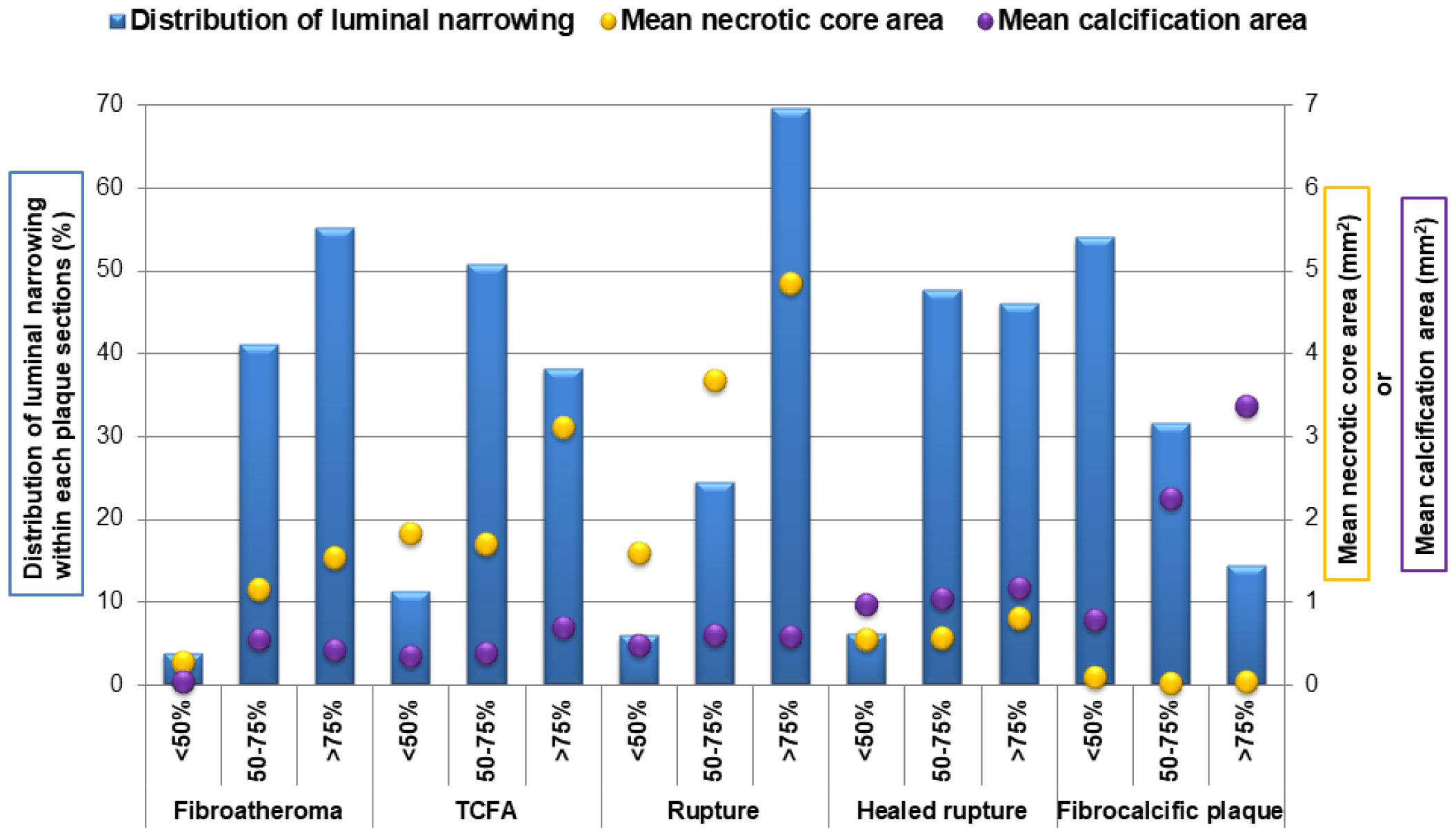

Surgical revascularization should be considered for patients with lifestyle-limiting claudication who have an inadequate response to the aforementioned therapies. Treatment of PAD includes lifestyle modifications-including smoking cessation and supervised exercise therapy-plus secondary prevention medications, including antiplatelet therapy, angiotensin-converting enzyme inhibitors or angiotensin receptor blockers, and statins. Routine ABI screening for those not at increased risk of PAD is not recommended. Patients with symptoms of PAD but a normal resting ABI can be further evaluated with exercise ABI testing.

Current guidelines recommend resting ankle-brachial index (ABI) testing for patients with history or examination findings suggesting PAD. A variety of leg symptoms that differ from classic claudication affects 50% of patients, and 40% have no leg symptoms at all. Intermittent claudication is the hallmark of atherosclerotic lower extremity PAD, but only about 10% of patients with PAD experience intermittent claudication. The most significant risk factors for PAD are hyperlipidemia, hypertension, diabetes mellitus, chronic kidney disease, and smoking the presence of three or more factors confers a 10-fold increase in PAD risk. ABI is a simple and noninvasive method that allows the identification of high cardiovascular risk patients.Lower extremity peripheral artery disease (PAD) affects 12% to 20% of Americans 60 years and older. VC in main arteries were associated with an ABI 1.3. Adjusting for age, diabetes, P levels, HD duration and cardiovascular disease at baseline, an ABI 1.3 (HR = 2.7, P = 0.038) were associated with all-cause mortality an ABI 1.3 (HR = 5.1, P = 0.028) were associated with cardiovascular mortality.īoth low and high ABI were independent predictors of all-cause and cardiovascular mortality. During an observational period of 28.9 months, all-cause and cardiovascular mortality occurred, respectively, in 50 (23%) and in 29 (13%) patients.

The adjusted odds ratio (OR) for having an ABI 1.3 was 4.2 (P = 0.003) for pelvic CS and 3.7 (P = 0.006) for hand CS ≥2. AACS ≥6 and SVCS >3 were found, respectively, in 98 (45%) and 95 (43%) patients. Biochemical parameters were time averaged for the 6 months preceding ABI evaluation.Īn ABI 1.3 or a normal ABI were found, respectively, in 90 (41%), in 42 (19%) and in 87 (40%) patients. The cutoff values for the different VC scores in relation with ABI were determined by receiver operating characteristic curve analysis. VC were also classified by their anatomical localization in main vessels (aorta and iliac-femoral axis) and in peripheral or distal vessels (pelvic, radial or digital). VCs were evaluated by two methods: the abdominal aorta calcification score (AACS) in a lateral plain X-ray of the abdominal aorta and the simple vascular calcification score (SVCS) in plain X-rays of the pelvis and hands. At baseline, ABI was evaluated by a Doppler device. We studied 219 HD patients (60% male 20% diabetic). The aim of this study is to evaluate the association between ABI with vascular calcifications (VC) and with mortality, in haemodialysis (HD) patients. ABI 1.3 is a false negative caused by noncompressible arteries. The ankle-brachial index (ABI) is a noninvasive method to evaluate peripheral artery disease (PAD).


 0 kommentar(er)
0 kommentar(er)
